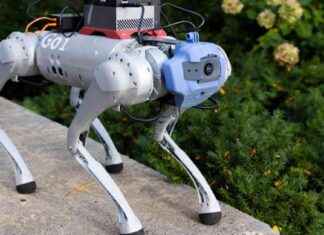Peru has declared a national health emergency for three months. Since the beginning of the year, the country has experienced an explosion in the number of cases of Guillain-Barré syndrome. All 33 million people and 25 regions of the country are affected. A report drawn up by the Peruvian Ministry of Health reports four deaths since January and the number of cases stands at 182. If 147 patients have recovered today, they are still 31 to be hospitalized.
Guillain-Barré syndrome is an inflammatory autoimmune disease. The inflammation affects the peripheral nerves causing muscle weakness that most often begins in the legs. It can go as far as paralysis and attack the respiratory muscles, then the nerves of the head and neck. In 20 to 30% of patients, there is damage to the chest muscles, making it difficult to breathe, reports the World Health Organization, which specifies that “although it can affect people of any age, this disease is more common. in adulthood and in males.
What are the symptoms ? Guillain-Barré syndrome manifests with symptoms that vary in severity from person to person. It affects “the nerves allowing to perceive the sensations (heat, cold, etc.), as well as those controlling the muscular movements (to walk, breathe, swallow, speak, etc.)”, details Orphanet. The Rare Disease Reference Site reports that early symptoms are numbness, tingling, tingling, electric shock or vibration sensations, etc. Generally, the involvement is symmetrical and progresses rapidly.
In Peru, some patients have noticed the onset of the disease one to two weeks after contracting an infectious disease. “Guillain-Barré syndrome is often triggered by an infection – bacterial or viral – or more rarely by vaccination or surgery,” confirms the WHO. Additionally, an increase in cases has been seen in Zika-affected countries. “The most likely explanation given the available data is that Zika virus infection is a trigger for Guillain-Barré syndrome,” says the World Health Organization.
Currently, there is no cure for this syndrome. For optimal follow-up of patients, hospitalization is recommended in order to set up management and strict monitoring. Some treatments can limit the damage to the nerves and, therefore, the severity of the syndrome. But Orphanet wants to be reassuring since “in nearly 85% of cases, recovery is complete after six to twelve months, because the myelin sheath is gradually being rebuilt”.







